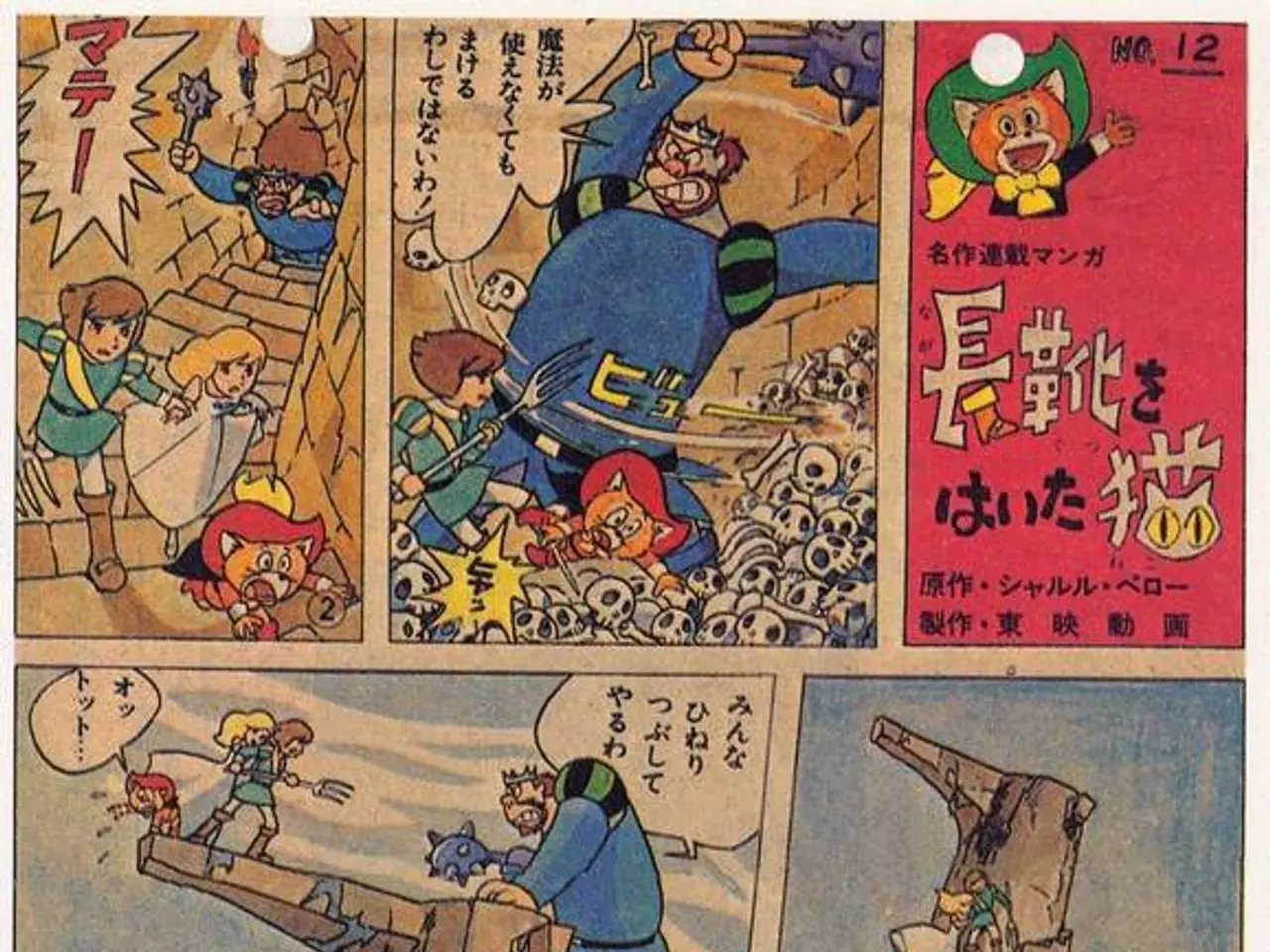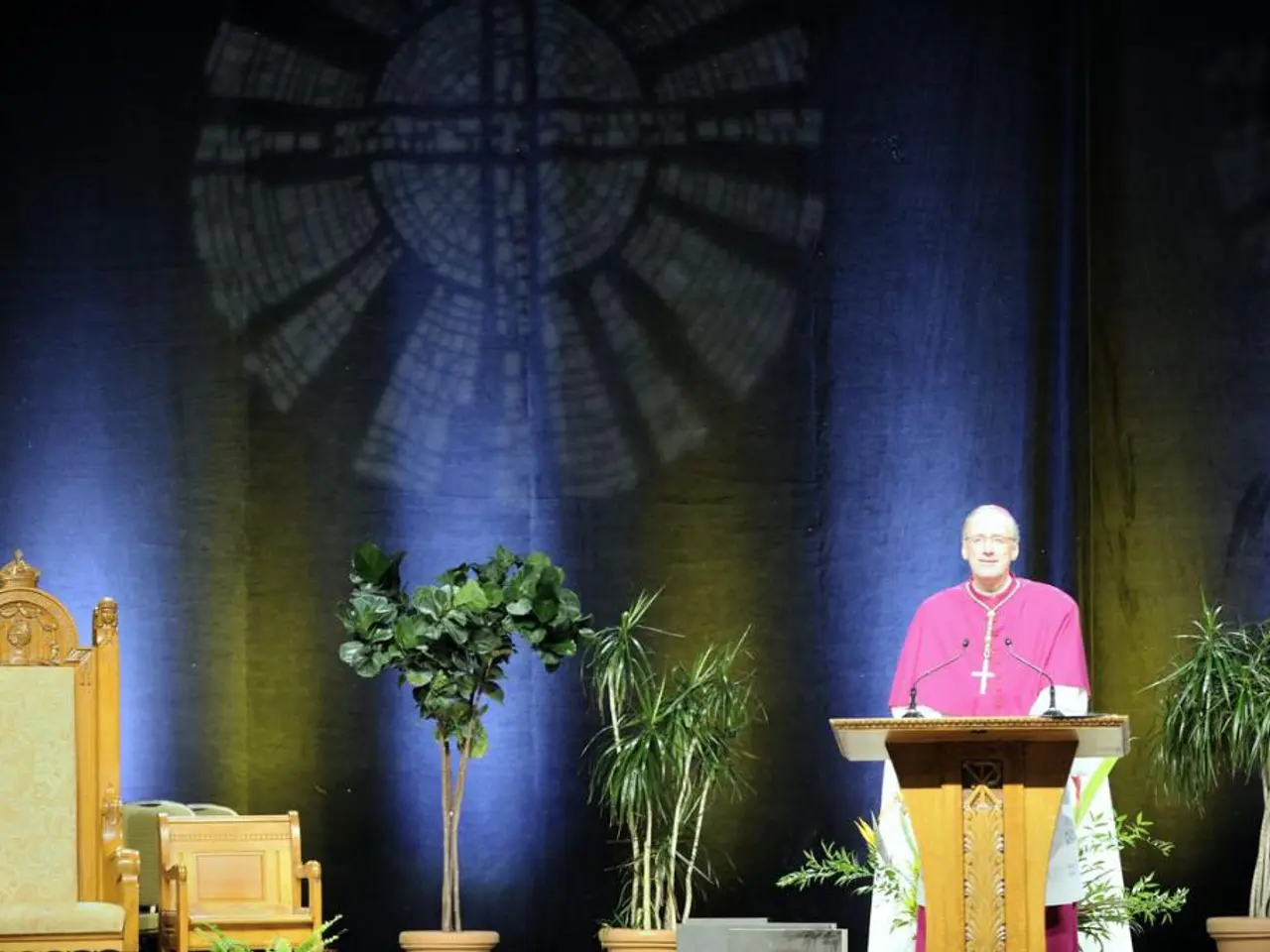Working to Conserve Historical and Cultural Landmarks in Sverdlovsk Region
In the heart of Russia, the Sverdlovsk region is making strides in the preservation and revival of its rich historical and cultural heritage. With a total of 1,791 cultural heritage sites of federal, regional, and local significance, the region boasts a diverse array of monuments, many of which can be found in Yekaterinburg, Irbit, and Verkhoturye [1].
The regional government, under the watchful eye of Governor Denis Pasler, is actively engaged in the preservation and restoration of these treasured sites. This commitment is evident in the recent signing of an agreement for the restoration of a monument in Yekaterinburg in March 2024, as well as the agreement for the restoration of the "Strykhovaya kassa" of 1924 at the International Industrial Exhibition INNOPROM in 2025 [2].
The region is not only restoring these historical gems but also ensuring their long-term maintenance. This is achieved through various methods, including transferring cultural heritage sites for free use or rent at preferential rates, provided the lessee carries out preservation work at their own expense [3]. The annual land rent for the plot where a cultural heritage site is located is set at a symbolic 1 ruble for the entire duration of the sale conditions [4].
The revival of these historical sites is not just a preservation effort; it's a catalyst for sustainable regional development. Investors involved in these initiatives stand to benefit from economic incentives related to cultural tourism development, integration with sustainable development goals, participation in global cultural preservation and ecological sustainability efforts, and enhancement of local community identity [5].
The creation of a joint-stock company between a private investor and a joint-stock company with 100% ownership by the Sverdlovsk region is a promising direction for preserving cultural heritage sites [6]. This approach not only revitalizes historical buildings but also generates income, benefiting both the state and businesses [7].
Attracting investors is crucial for the region's cultural heritage preservation initiatives. Deputy Governor and Minister of State Property Management of the Sverdlovsk region, Alexei Kuznetsov, has stated that they offer investors a wide range of support measures, preferences, and legal mechanisms [8].
In the spirit of collaboration, the Sverdlovsk region is working on the issue of transferring federal heritage sites from federal ownership to the ownership of the region for repair and restoration work and adaptation for modern use [9]. This partnership between governmental bodies and private investors is shaping the Sverdlovsk region into a hub for cultural and sustainable development.
[1] Source: Regional authorities [2] Source: Regional authorities [3] Source: Regional authorities [4] Source: Regional authorities [5] Source: Regional authorities [6] Source: Regional authorities [7] Source: Regional authorities [8] Source: Oblástnaya Gazeta [9] Source: Regional authorities
- The Sverdlovsk region's commitment to sustainable living extends beyond preserving its historical heritage, as they also focus on education and self-development, offering investors a variety of support measures and legal mechanisms to foster personal growth and community identity through cultural tourism development.
- Alongside the preservation and restoration of cultural heritage sites, the region promotes home-and-garden ideas that align with sustainable living, such as transferring cultural heritage sites for free use or rent at low rates, with the condition that the renter carries out preservation work at their own expense.
- In their bid to ensure the long-term maintenance of these historical sites, the regional government also encourages a lifestyle that emphasizes personal growth and education by integrating their cultural preservation initiatives with global efforts toward ecological sustainability and sustainable development goals.




